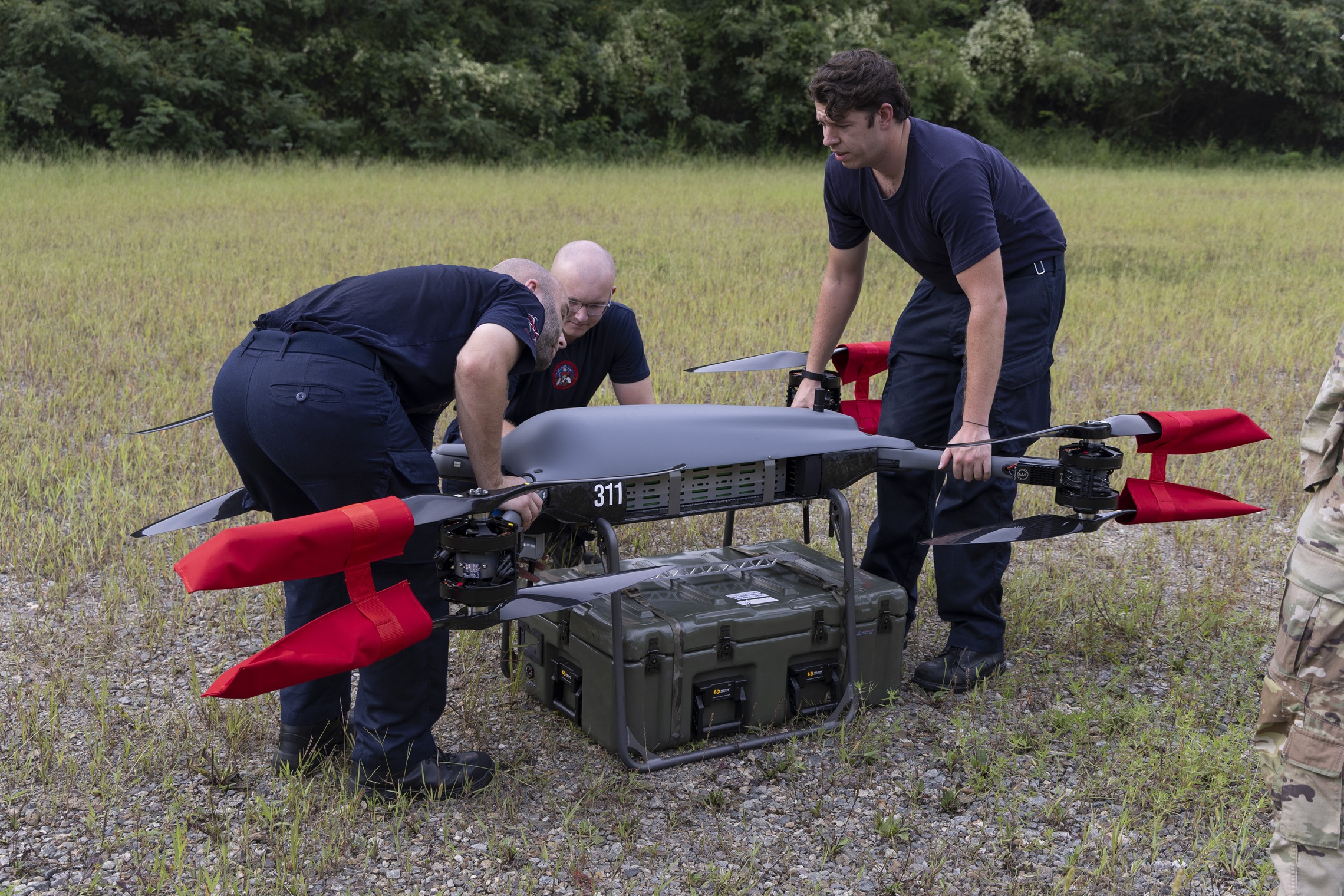By Dylan Malyasov
Copyright defence-blog

The Royal Navy has formally cleared the Malloy T-150 uncrewed air system (UAS) for operational deployment, concluding a two-year test campaign involving Royal Marines and 700X Naval Air Squadron. The aircraft is now ready to support front-line missions, according to ukdj report. The T-150 will be used to transport ammunition, weapons, food, medical supplies, and other stores to Royal Marines operating in austere environments. The platform, developed by Malloy Aeronautics, has completed trials in settings ranging from the Arctic to the Indian Ocean. Following these tests, the system was granted Release to Service status. The T-150 is capable of carrying underslung payloads of up to 68 kilograms, flying at speeds of up to 60 miles per hour, and remaining airborne for up to 40 minutes. The system can be operated manually or follow autonomous flight paths, and is run by a two-person team. In a statement, Neil Appleton, CEO of Malloy Aeronautics, said: “The UK Release to Service of our T-150 platform is a milestone we’re incredibly proud to be a part of. As a multi-role UAS, the T-150 can be used for Replenishment at Sea one day and resupplying deployed Royal Marines Commandos the next.” He added, “It’s a game-changer for the modern battlefield and we are proud to deliver this capability to those who need it most.” Brigadier Chris Haw, Head of the Commando Forces Programme, said the new system reflects a broader shift in how the Royal Marines conduct resupply operations. “The introduction of logistic drones represents a significant expansion in the Commando Force’s use of Uncrewed Aerial Systems, beyond those already in-service for surveillance/reconnaissance, and importantly reduces the risk to personnel during tactical re-supply,” he said. The aircraft, manufactured by Malloy Aeronautics and operated by the Royal Navy and Royal Marines, is part of a growing portfolio of autonomous platforms intended to support expeditionary logistics and reduce the burden on manned supply convoys. The T-150’s payload capacity, operational flexibility, and ability to be deployed rapidly make it a viable logistics tool across a range of missions, from ship-to-ship replenishment to resupply of forward-deployed units. The same aircraft has also gained traction within the U.S. Marine Corps, where it is operated under the designation TRV-150. The platform has been adapted to meet U.S. Marine Corps mission requirements, demonstrating its flexibility across allied forces and operational environments.



